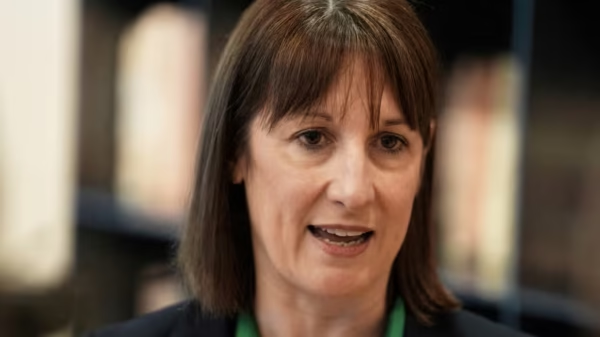As a small business owner, one of the most important tasks you have is budget planning. Without a solid financial forecast, it can be difficult to make informed decisions and ensure the long-term success of your business. In this blog post, we will explore the latest tips for financial forecasting and budget planning specifically tailored for small businesses.
1. Start with Historical Data
When creating a financial forecast, it’s essential to start with your historical data. Look at your past financial statements, including income statements, balance sheets, and cash flow statements. Analyze your revenue and expenses over the past few years to identify any trends or patterns. This historical data will serve as the foundation for your future projections.
2. Consider Industry Benchmarks
While historical data is crucial, it’s also important to consider industry benchmarks. Research and gather data on how other businesses in your industry are performing financially. Compare your business’s performance to these benchmarks to identify areas of improvement and set realistic goals for your budget planning.
3. Identify Key Assumptions
Financial forecasting involves making assumptions about the future. Identify the key assumptions that will drive your financial projections. These assumptions can include factors such as sales growth, market trends, inflation rates, and changes in costs. By clearly defining your assumptions, you can better understand the potential risks and uncertainties that may impact your budget planning.
4. Use Multiple Scenarios
Financial forecasting is not about predicting the future with absolute certainty. It’s about preparing for different possibilities. Create multiple scenarios based on different assumptions and variables. For example, create a best-case scenario, a worst-case scenario, and a most likely scenario. This approach will help you be prepared for different outcomes and make more informed decisions.
5. Involve Key Stakeholders
When it comes to budget planning, it’s important to involve key stakeholders in the process. This includes your management team, department heads, and financial advisors. By involving others, you can gain different perspectives and insights that may improve the accuracy and effectiveness of your financial forecast. Collaboration also helps to ensure buy-in and support for your budget planning decisions.
6. Monitor and Adjust Regularly
A financial forecast is not a one-time exercise. It’s an ongoing process that requires regular monitoring and adjustment. Review your actual financial performance against your forecasted numbers on a regular basis. Identify any discrepancies and adjust your budget plan accordingly. By continuously monitoring and adjusting your forecast, you can stay on top of any changes in your business environment and make proactive decisions.
7. Leverage Technology
Technology can be a powerful tool for financial forecasting and budget planning. There are numerous software applications and tools available that can automate and streamline the process. These tools can help you analyze data, generate reports, and make accurate projections. Consider investing in financial management software or consulting with a technology expert to find the right solution for your small business.
8. Seek Professional Advice
Financial forecasting and budget planning can be complex tasks, especially for small business owners with limited financial expertise. Don’t hesitate to seek professional advice from a certified public accountant (CPA) or financial advisor. These professionals can provide valuable insights, help you navigate through uncertainties, and ensure that your budget plan aligns with your business goals.
In conclusion, financial forecasting and budget planning are essential for the success of any small business. By starting with historical data, considering industry benchmarks, identifying key assumptions, using multiple scenarios, involving key stakeholders, monitoring and adjusting regularly, leveraging technology, and seeking professional advice, you can create a solid financial forecast that will guide your budget planning and help you make informed decisions for the future.



































